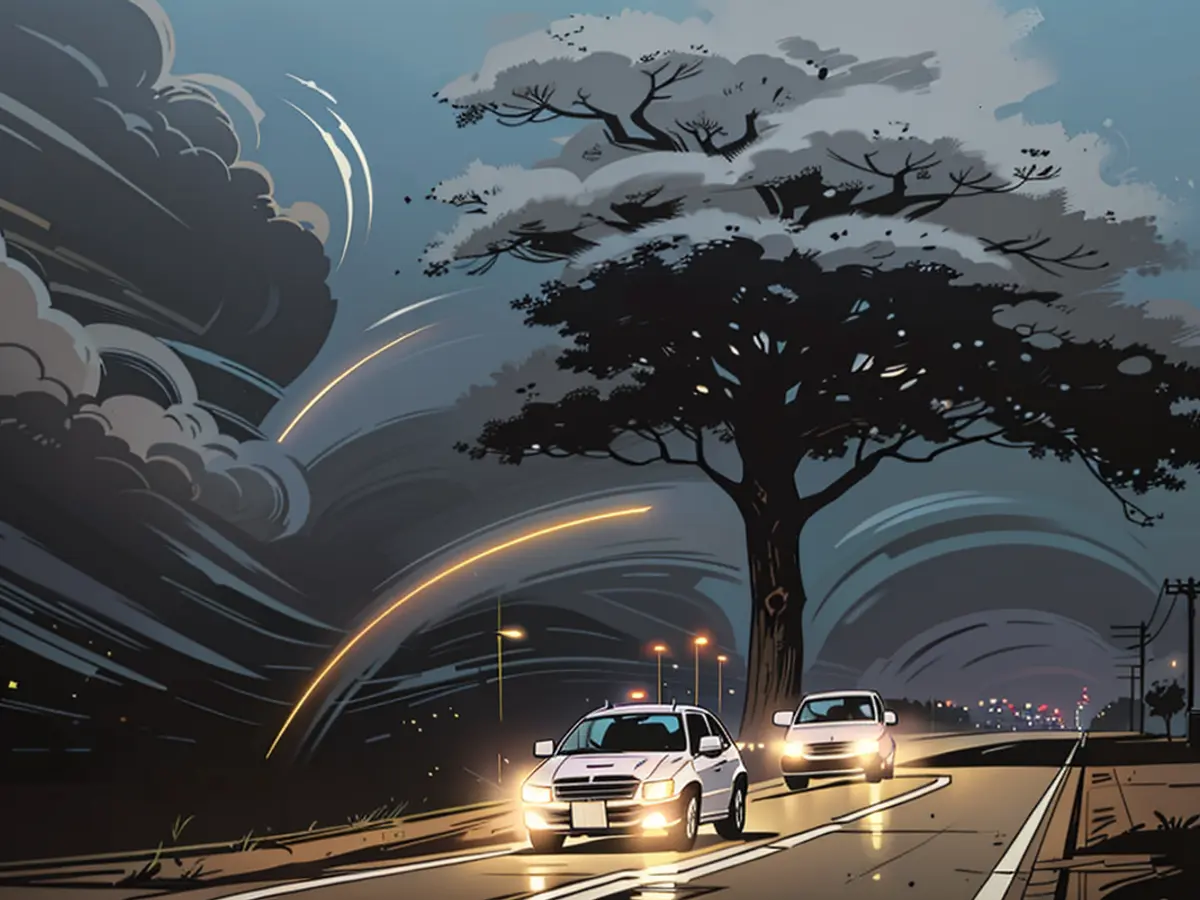Driving in fog might appear to be less risky.
Autumn mornings and evenings can be quite perilous with the thick fog rolling in, making driving conditions even trickier. Landmarks tend to fade or vanish entirely when visibility is poor, leading to misjudgments in speed and distance to the vehicle ahead.
Therefore, if you find yourself driving amidst the fog, turn on your low beams as quickly as possible, and adjust your speed accordingly. Driving more slowly is crucial, ensuring your vehicle has enough stopping power within your field of vision. Sudden braking should be avoided as advised by TÜV Rheinland.
A common mistake among drivers is relying too heavily on the tail lights of the car in front. This often results in driving too close, as people worry about losing sight of the lead vehicle. On the contrary, high beams in the fog are counterproductive; they only make your visibility worse and blind others with the reflective water droplets.
Utilize fog lights when visibility is extremely poor
When the visibility drops drastically due to rain, snow, or fog, equipped vehicles can turn on their fog lights. Fog lights should only be activated at a visibility of under 50 meters and in fog only, to signal those following closely behind. The speed limit during such conditions is strictly 50 km/h. Reflective posts along the roadset at 50-meter intervals can serve as a beneficial guide.
The reflectors on the right side of the road are typically square-shaped, while those on the left are round. Orange reflector lights indicate an exit, while the existence of blue reflectors along the roadside signals caution for possible wildlife crossings.
Due to the poor visibility during foggy weather, it's essential to utilize fog lights when the visibility drops below 50 meters. Misusing high beams in foggy conditions can only make visibility worse and blind others.







